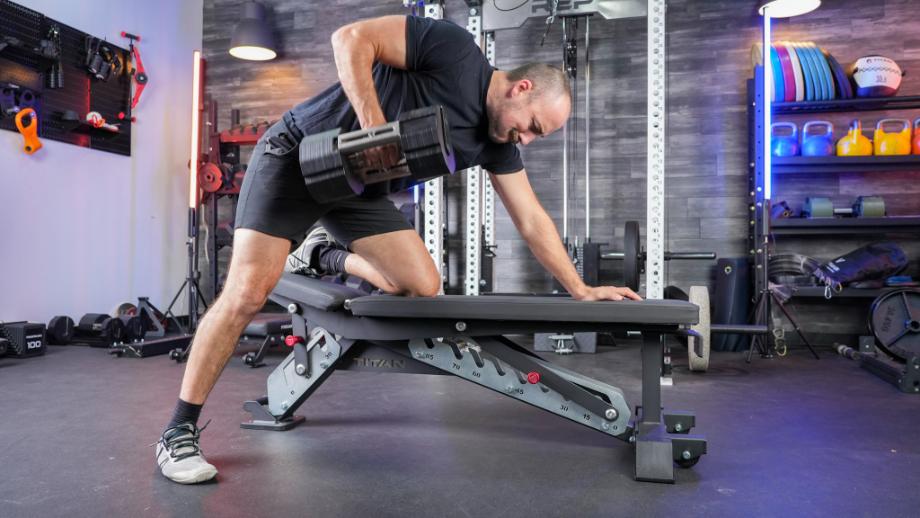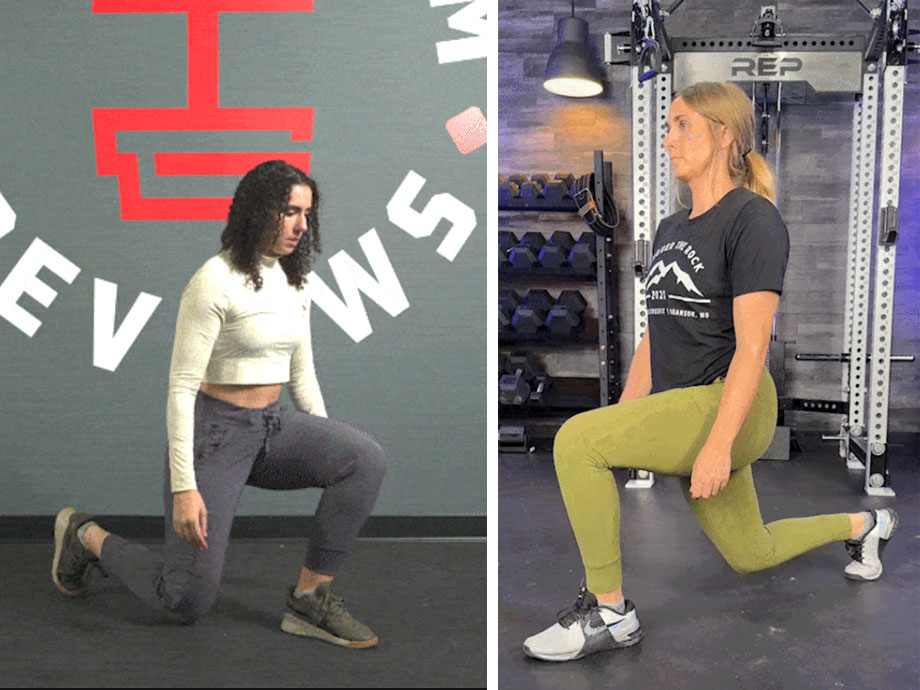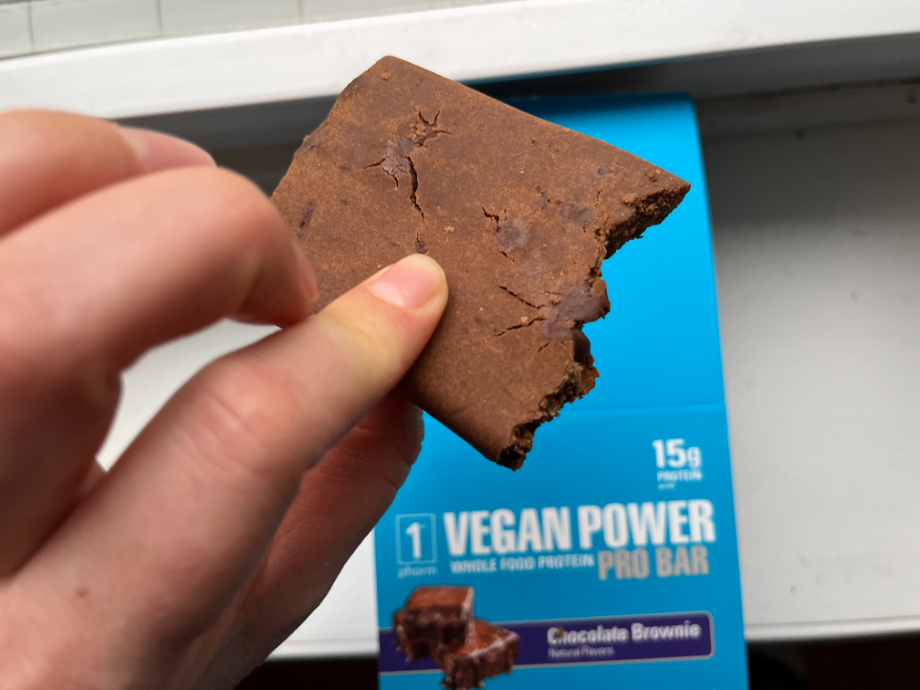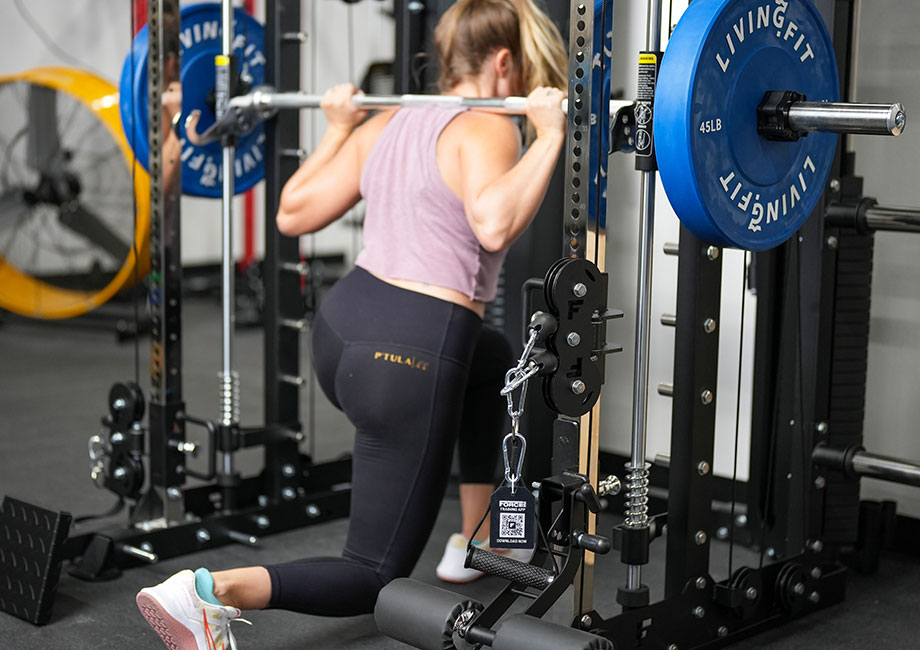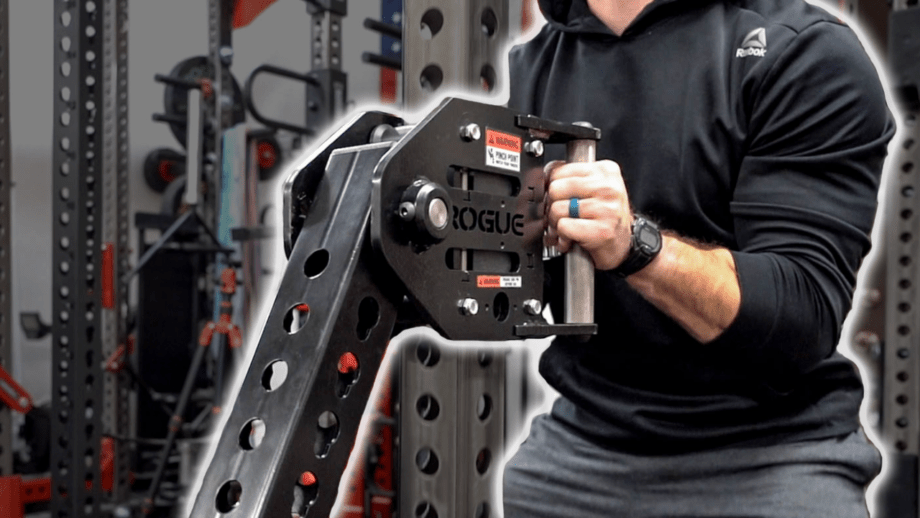Whether you’re into powerlifting, CrossFit, or just general strength training, you’ll be hard-pressed to find a workout routine that doesn’t include some variation of the good ol’ bench press. A classic weight training movement that targets your triceps and chest muscles, it offers excellent strength- and muscle-building upside for people of all fitness levels. Best of all, the bench press is a highly versatile exercise that you tailor to your goals and abilities.
As a certified personal trainer (CPT) and longtime rugby player, I’ve always incorporated this movement into my weightlifting regimen to help develop upper-body strength and size. However, that doesn’t necessarily mean every bench workout should look (or feel) the same. Some sessions may focus on higher repetitions for enhancing muscular endurance, while others may center around the incline bench for building thick upper pecs.
RELATED: Best Weight Benches
Whether you prefer home workouts or training at a commercial gym, I’ve designed these goal-specific bench workouts to help you get the bar and your PR moving in the right direction.
How To Perform a Bench Press
Before I dive into the workouts, let’s make sure you know exactly how to perform a bench press. Follow these step-by-step instructions to execute this exercise using a barbell and weight plates.
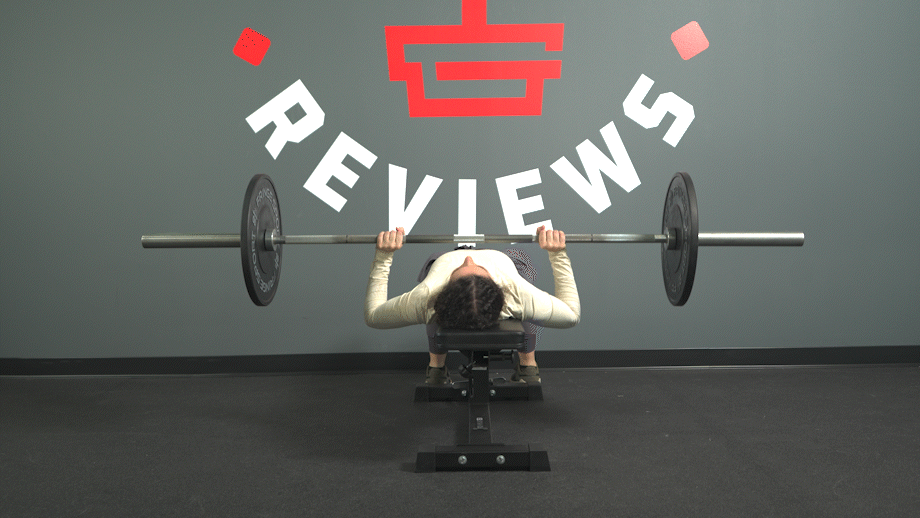
- Load a barbell with weight plates and lie on a flat weight bench.
- Grip the bar with your hands about shoulder-width apart.
- Arch your lower back slightly and plant your feet firmly into the ground. (Some lifters may prefer to perform the exercise with a flat back, which will make the leg drive element less prevalent.)
- Unrack the bar, then carefully lower it toward your chest.
- Touch the bar to your chest, then press it back to the starting position.
- Repeat for the desired number of repetitions.
RELATED: Larsen Press
3 Goal-Specific Bench Workouts
Whether you want to build muscle, develop strength, or simply improve your technique, these dynamic bench workouts can open the door to new possibilities. As a CPT who’s dabbled in powerlifting over the years, I’ve designed each session for specific goals.
Use these sample workouts as a starting point. If you’re unable to perform certain exercises, try bodyweight variations or alternatives instead. Most importantly, always use a spotter when bench pressing so you can give it your all without having to worry about re-racking the bar.
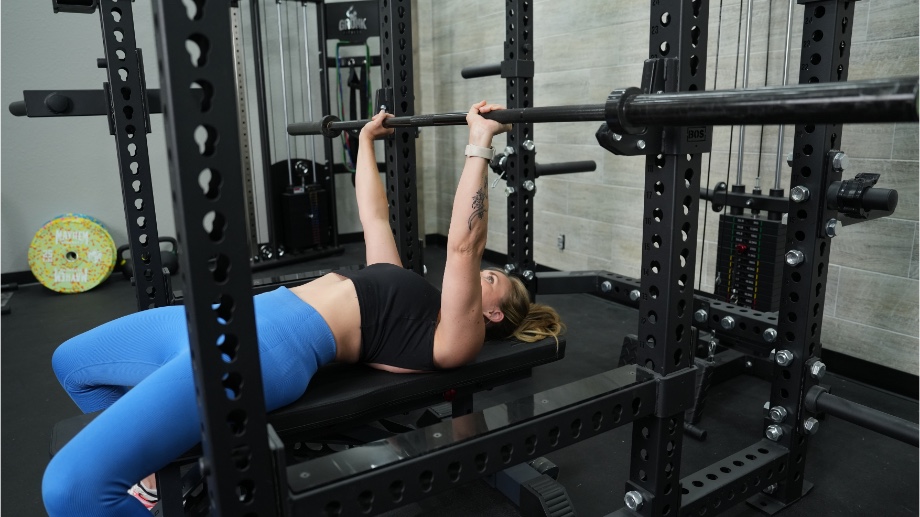
RELATED: How To Be a Good Spotter
Strength-Focused Bench Workout
One of my favorite methods for building strength is the tried-and-true 5×5 workout. This straightforward weight training program involves performing a compound exercise for five sets of five reps with a load of around 70% to 80% of your one-rep max. You’ll follow that principle for the main lift (the standard bench press) while using a medium-heavy weight for the close-grip bench press and one-arm dumbbell row.
| Exercise | Sets | Reps | Rest Interval |
| Bench Press | 5 | 5 | 2 min. |
| Close-Grip Bench Press | 4 | 4-6 | 2 min. |
| One-Arm Dumbbell Row | 4 | 6-8 | 2 min. |
| Triceps Dips | 3 | 8-10 | 90 sec. |
| Incline Push-Up | 3 | 8-10 | 90 sec. |
Expert tip: Pause at the bottom of the rep to increase your time under tension and the overall difficulty of the bench press.
RELATED: Tempo Training
Hypertrophy-Focused Bench Workout
This hypertrophy-focused session includes three weight bench exercises and two accessory movements. Rather than using heavier loads for lower reps, this bench workout dials back the load and ramps up the volume with sets of eight to 12 reps for maximum muscle growth1. With plenty of reps to get through, don’t be surprised when your triceps feel like they’re about to give out by the time you’re cranking out your final set of diamond push-ups.
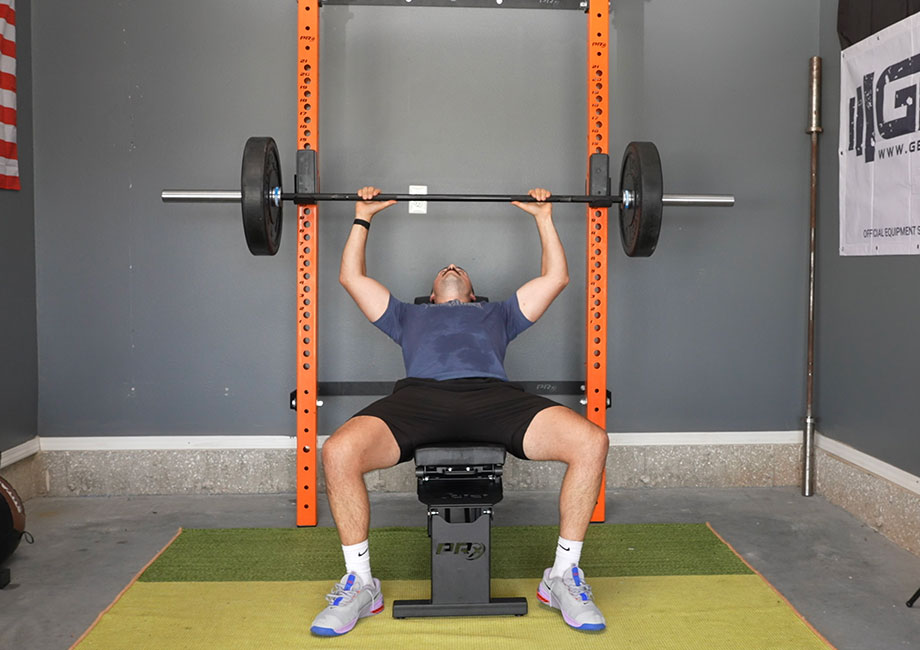
| Exercise | Sets | Reps | Rest Interval |
| Incline Barbell Bench Press | 3-4 | 8-12 | 90 sec. |
| Decline Bench Press | 3-4 | 8-12 | 90 sec. |
| Tate Press | 4 | 8-12 | 90 sec. |
| Overhead Triceps Extension | 4 | 10-12 | 90 sec. |
| Diamond Push-Up | 4 | 10-12 | 90 sec. |
Expert tip: Incorporate a drop set at the end of each bench press variation by cutting the weight by about 25% and performing as many reps as possible for the ultimate burnout.
RELATED: Hypertrophy Workout 101: How To Guarantee Muscle Growth
Power-Focused Bench Workout
I’ve geared this power-focused bench workout toward athletes and competitive powerlifters. You’ll need a set of resistance bands to perform the primary lift (banded bench press), adding variable resistance and forcing you to work even harder during the concentric phase.
For this bench workout, focus on moving the weight as explosively as possible and taking adequate time to recover fully between sets.
| Exercise | Sets | Reps | Rest Interval |
| Banded Bench Press | 5 | 3-5 | 2 min. |
| Incline Bench Press | 4 | 5-8 | 2 min. |
| Dumbbell Floor Press | 4 | 5-8 | 2 min. |
| Plyometric Push-Up | 3-4 | 8-10 | 60-90 sec. |
| Pendlay Row | 3-4 | 8-10 | 60-90 sec. |
Expert tip: You can also add variable resistance and make the lift more difficult by attaching chains to the ends of the barbell.
Benefits of a Bench Workout
Even if you don’t care about putting up a big PR, there are several benefits to incorporating bench workouts into your fitness routine.
Versatility in Exercise Selection
Look at a weight bench as a blank canvas for your strength training needs. From barbell bench presses to dumbbell flyes to chest-supported rows, this piece of gym equipment offers a high degree of versatility for you to develop upper- and lower-body strength. Plus, you can use a weight bench to perform core exercises like reverse crunches and leg raises.
Support and Stability
Safety should be your top priority in the gym. A high-quality weight bench provides a secure, stable platform for you to perform presses, rows, and a variety of exercises. This can help you improve your form and reduce your risk of injury by providing adequate support during your workout.
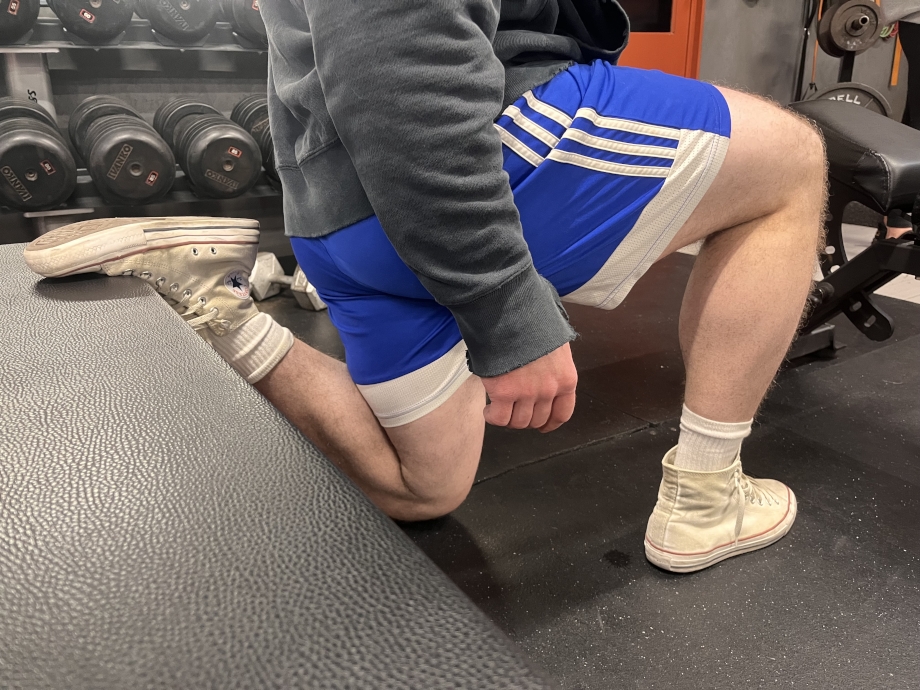
Helps Develop Upper-Body Strength and Size
The bench press stands out as one of the most popular and effective exercises for developing upper-body strength and size. This compound exercise involves multiple muscle groups, including your pecs, triceps, deltoids, lats, and upper-back muscles. Pairing the bench press with other movements like dumbbell rows, triceps dips, biceps curls, and shoulder presses can help you build a strong, muscular upper body that looks imposing at any angle.
RELATED: Upper-Body Kettlebell Workout
Effectively Targets Your Chest and Triceps
Looking for an efficient way to hit your chest and triceps? Look no further than the bench press. Simply load some weight plates onto a barbell or grab a pair of the best dumbbells, get in the proper starting position, and maintain a strong mind-muscle connection as your pecs stretch during the eccentric (lowering) phase and your triceps contract during the concentric (rising) phase.
You can also make this timeless exercise more triceps-centric by moving your hands closer together. A close-grip bench press shifts the focus from your chest to the horseshoe-shaped muscle synonymous with well-defined arms. On the other hand, you can use an adjustable weight bench to target specific parts of your chest. For example, a decline bench press will work your lower pecs more than a flat bench. Or, you can use an incline bench to target your upper pecs.
Can Enhance Your Performance in Other Lifts
Becoming proficient at the bench press can set you up for success in other lifts. As you develop stronger triceps, you should be able to squeeze out more reps or go heavier on other pressing movements.
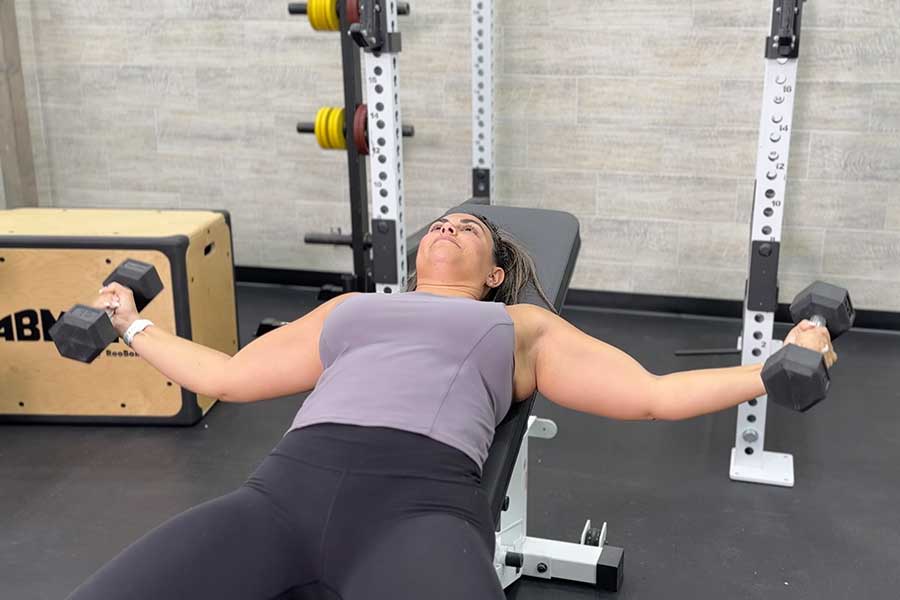
Highly Adaptable
Although you need some gym equipment to perform a weight bench workout, there’s plenty of wriggle room for adjustments. Don’t have an Olympic barbell and weight plates in your home gym? Use a pair of dumbbells instead. Have limited time to train? You can superset the bench press with another exercise for an efficient full-body workout.
RELATED: Full-Body Workout At Home
Common Bench Workout Mistakes
Despite being the subject of so many social media memes, you’ll still see many novice lifters make some of the same mistakes on the bench press. Even if you use a weight bench for other purposes, avoiding these common mishaps can help you stay on the right track.
Using an Unstable Bench
Your bench workout will quickly go south if you don’t have a stable lifting surface. The last thing you want is a bench that rocks back and forth during your workout. Make sure your weight bench is well-balanced before you start cranking out rep after rep.
Also, this may seem like a no-brainer, but if you want the ability to perform incline or decline exercises during your training session, opt for an adjustable bench rather than a flat model.
Choosing a Bench That Can’t Support Your Weight
Perhaps the only thing worse than an unstable bench is using one that can’t support your weight. Whether it’s a cheap model that can’t hold its ground during step-ups or one that doesn’t boast a sufficient weight capacity for heavy bench pressing, don’t make the mistake of choosing a bench that’s incapable of handling the appropriate load.

Flaring Your Elbows Out
Many beginners make the mistake of flaring their elbows out during the eccentric phase of the bench press. Although this may seem like an innocuous error, it can pave the way for shoulder pain, joint issues, or an injury. Keeping your elbows tucked will not only protect your shoulder joint but also ensure your wrists stay in a stable position.
Going Too Heavy
Although it may be tempting to try to hit a new max every time you get under the bar, that’s a surefire way to not set yourself up for sustained success. Focus on your form before you worry about increasing the intensity. This will allow you to get comfortable with the bar position, range of motion, and technique needed to lift heavier loads.
RELATED: Barbell Safety
Incomplete Range of Motion
Walk into any commercial gym, and you’re likely to see someone pumping out some half reps on the bench press. Unfortunately, failing to lower the bar to your chest means leaving #gains on the table. Carefully control the bar’s descent, touching it to your chest before driving it back up. I used the bench press as an example here, but for any bench exercise, the full range of motion maximizes your time under tension—a key driver of hypertrophy.
Practical Bench Workout Tips
Now that you know which mistakes to avoid, what can you do to maximize your bench workout? Utilize these practical tips to reap the rewards of your weightlifting efforts.
Prioritize Progressive Overload
Prioritize progressive overload with any strength training exercise. In other words, you must continue to give your body a new stimulus by changing variables such as intensity (the amount of weight lifted) or volume (the number of reps or sets). For example, if you can hit five sets of five reps with no trouble, increase the weight by five to 10 pounds for your next bench workout and see if you can still hit all 25 reps.
RELATED: 5 Signs You’re Making Progress In Your Workouts
Vary Your Grip and Body Angle
You might be surprised by how changing your grip or body angle can lead to a more effective bench workout. Putting your hands close together will target your triceps, while a wide grip will put your pecs to the test.
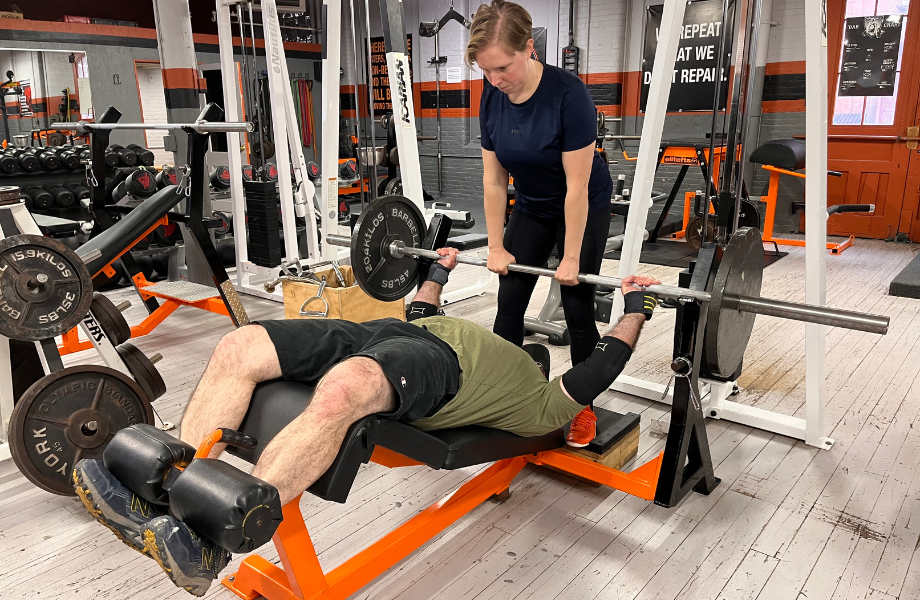
Meanwhile, using the different angle options on an adjustable weight bench can allow you to target specific muscle groups more effectively. For example, you can set the angle to a steep incline to target your upper chest during flyes or bench presses. Or, you can target your lower abs by setting the bench on a decline for crunches.
Balance Push and Pull Exercises
Life is all about balance. Take that same approach with bench workouts by including a mix of push and pull exercises. This will help ensure the balanced development of your pushing and pulling muscles. An easy way to do this is by supersetting a push exercise with a pull exercise to help develop upper-body strength and stability.
Use Safety Equipment
Just because you don’t plan to hit a PR doesn’t mean you should de-prioritize safety. Bench workouts typically involve pressing movements that place stress on your wrists, elbows, shoulders, and core. Keep a pair of high-quality wrist wraps, a weight belt, and lifting straps in your gym bag so you have the necessary equipment for a safe, secure workout.
RELATED: Best Lifting Straps
Use Different Rep and Set Schemes
Just like you shouldn’t be afraid to switch up your angle of attack, don’t be shy about trying different rep and set schemes. Use lower reps (between three and five) if your focus is on building maximum strength. You’ll want to do at least eight to 12 repetitions per set if aiming for muscle gain.
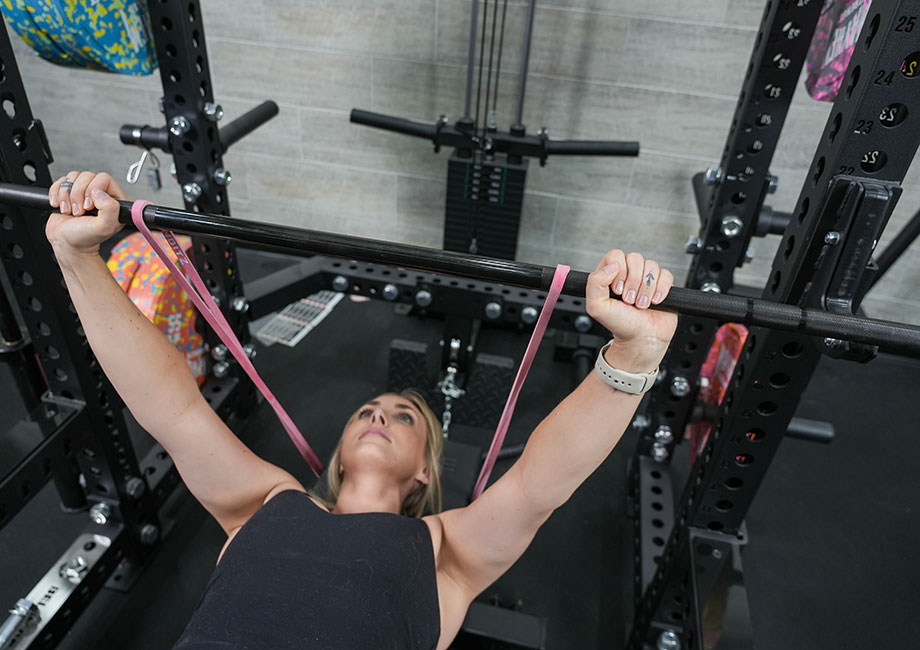
I like to switch from strength to muscle-building every few weeks to challenge my mind and body.
RELATED: Reps Vs Sets
Utilize Accessory Exercises Effectively
Don’t underestimate the power of penciling other movements into your bench workout routine. Accessory exercises may not be the most exciting, but they’re necessary for developing muscular strength, power, and endurance that’ll carry over to your main lifts. When designing a program for a client to help them increase their bench PR, I incorporate plenty of the best triceps exercises, including triceps rope pushdowns, overhead triceps extensions, and dips.
Emphasize the Eccentric Phase
As I’ve gotten older, wiser, and fitter, I’ve learned to love the lowering phase of a lift even more. When it comes to bench-based exercises like an incline dumbbell press or an overhead press, make the most of the eccentric portion of the exercise by taking at least two to three seconds to lower the weight. This puts an excellent stretch on the muscle groups involved in the pecs, which can help increase the time under tension and lead to more #gains.
RELATED: Concentric Vs Eccentric
Bench Workout: Final Thoughts
Whether using the bench for a press PR or as stability for a set of Bulgarian split squats or hip thrusts, bench workouts can be incredibly empowering, allowing you to test your full-body strength and mental resolve. As long as you follow progressive overload, you’re freed to experiment with different bench angles, grips, and equipment to take your bench game to the next level.
Bench Workout: FAQs
What is the best bench workout?
As a certified personal trainer, I’d suggest that the best bench workout should include at least three to four working sets of a bench press variation, followed by accessory movements like triceps pushdowns, dips, and overhead triceps extensions to develop upper-body strength and endurance.
What is the proper way to do a bench press?
Lie on a weight bench with your feet firmly on the ground. Grip the barbell with your hands slightly wider than shoulder-width. Then, unrack and lower the bar toward your chest while keeping your elbows at a 45-degree angle, then press it back up, preferably with an assist from a spotter.
Is it OK to bench press every day?
You shouldn’t bench press every day due to the risk of overtraining and injury.
How do I improve my bench press?
You can improve your bench press by following progressive overload principles, focusing on proper form, and incorporating accessory exercises to strengthen your triceps, chest, and upper back.
Is a dumbbell bench better than a barbell?
A dumbbell bench press offers a greater range of motion and can help correct muscle imbalances. On the other hand, you can typically go heavier on a barbell bench press, which can help with strength development. Which one is “better” depends on your goals or personal preferences.
References
- Krzysztofik, N., Wilk, N., Wojdała, N., & Gołaś, N. (2019). Maximizing Muscle Hypertrophy: A Systematic review of advanced resistance training techniques and methods. International Journal of Environmental Research and Public Health/International Journal of Environmental Research and Public Health, 16(24), 4897. https://doi.org/10.3390/ijerph16244897


